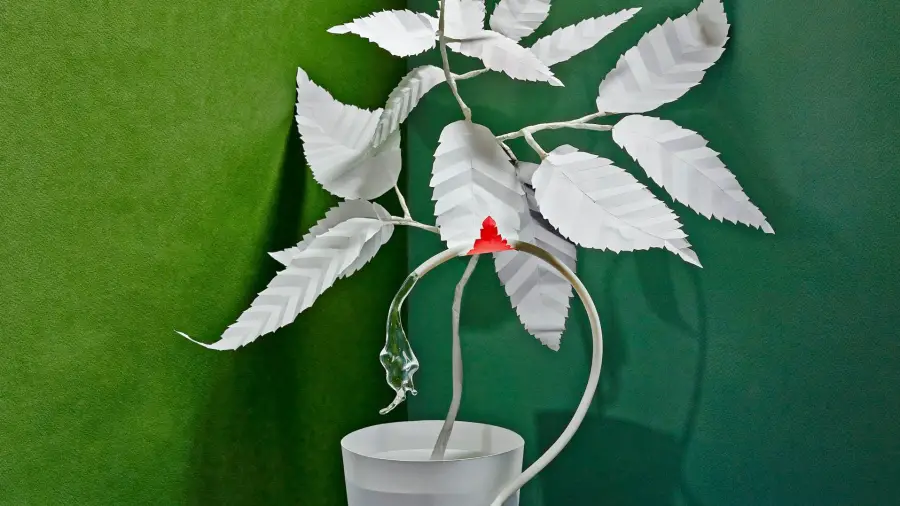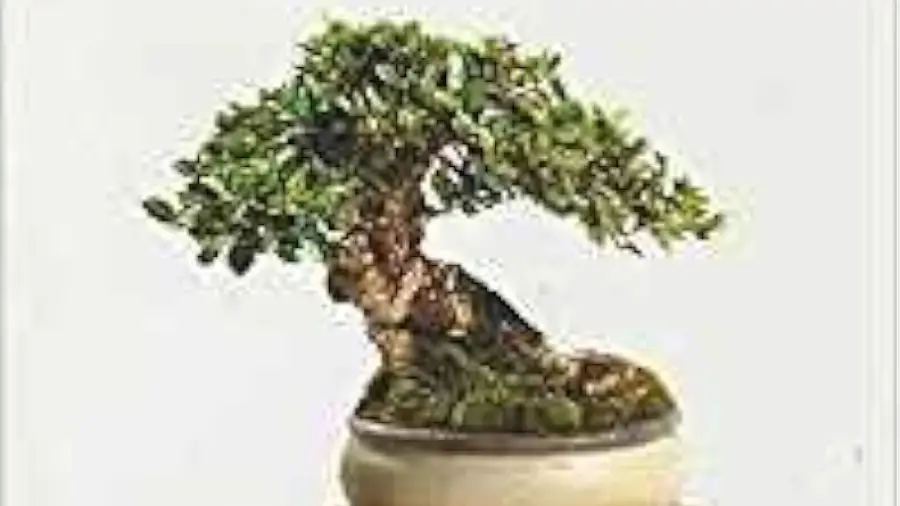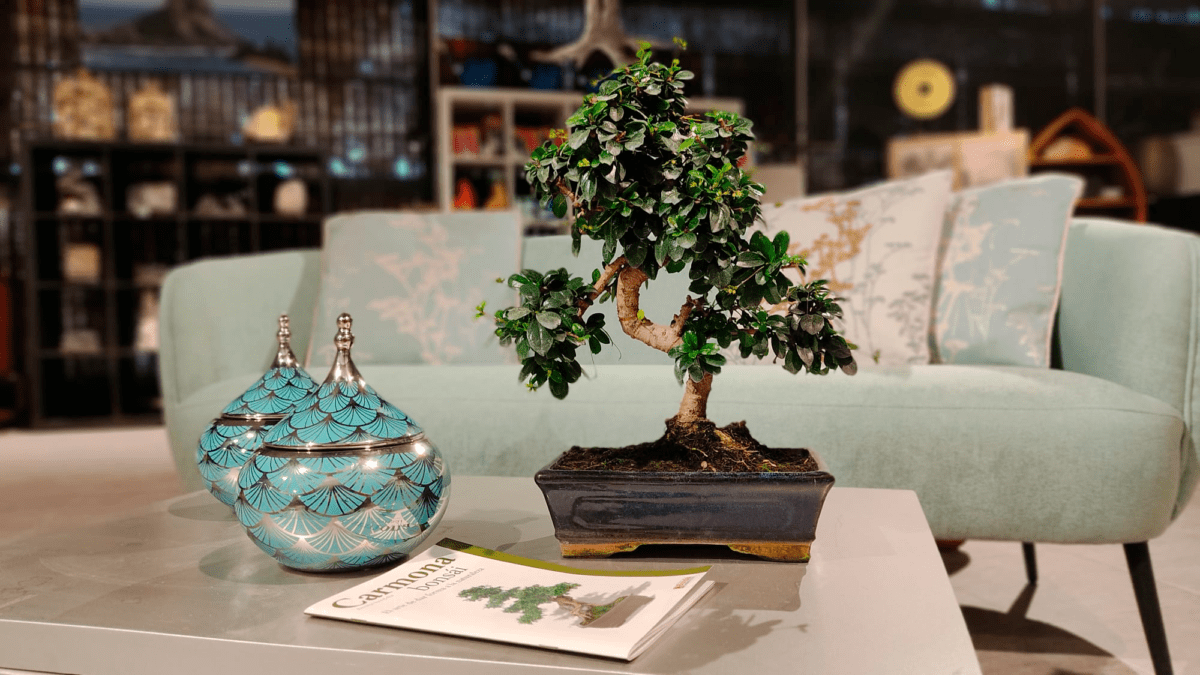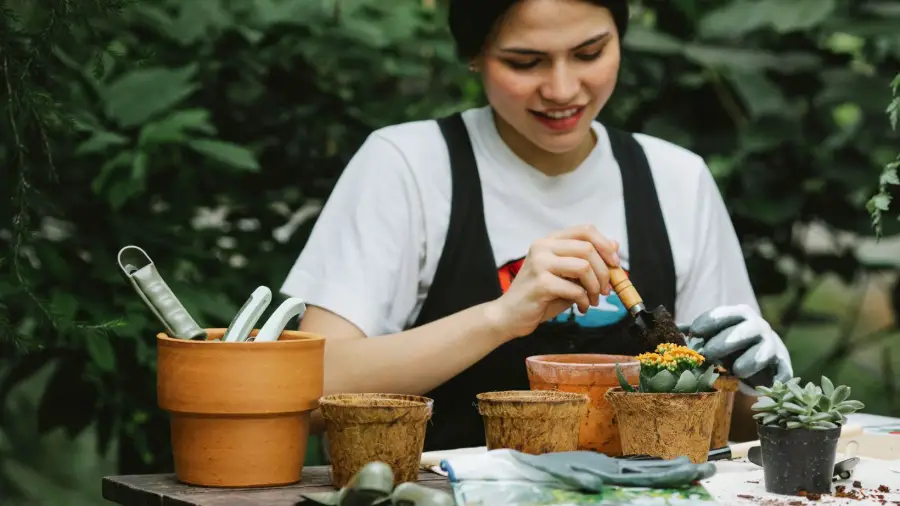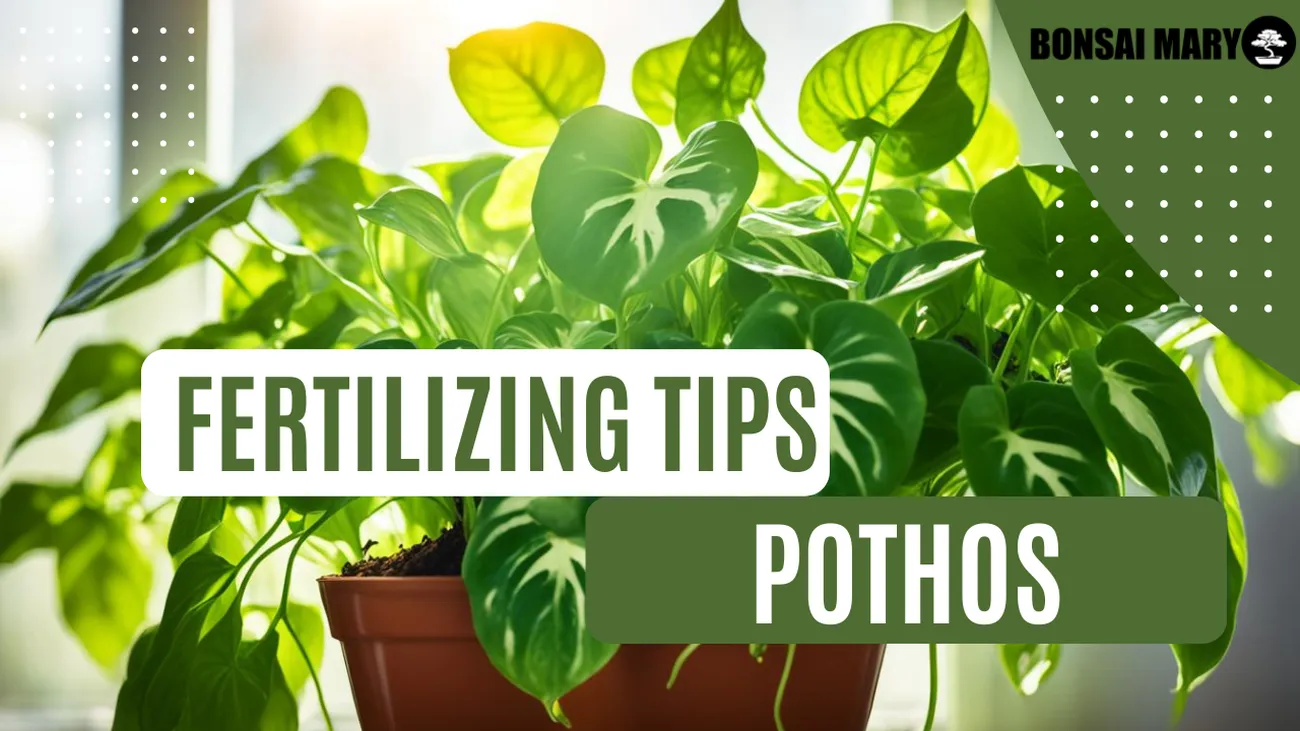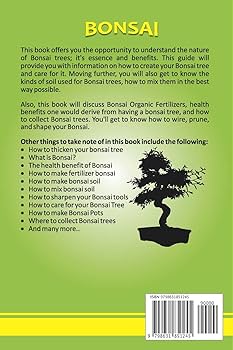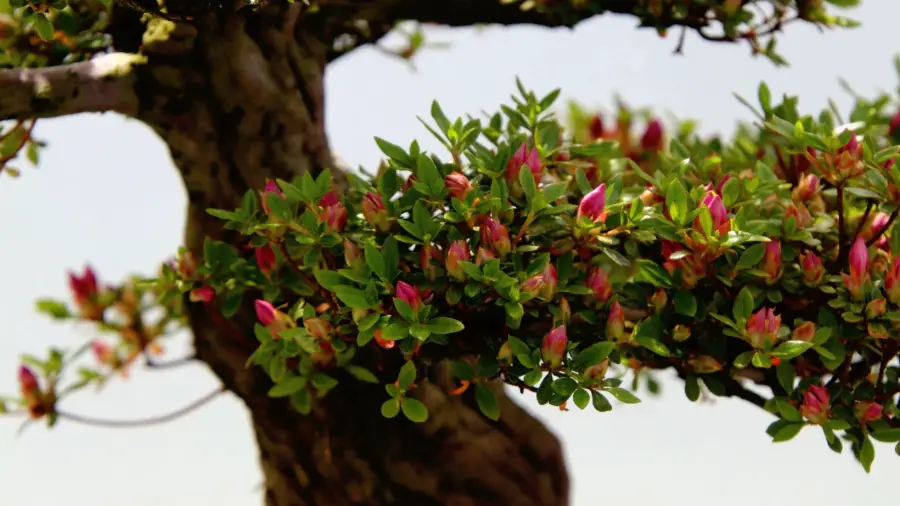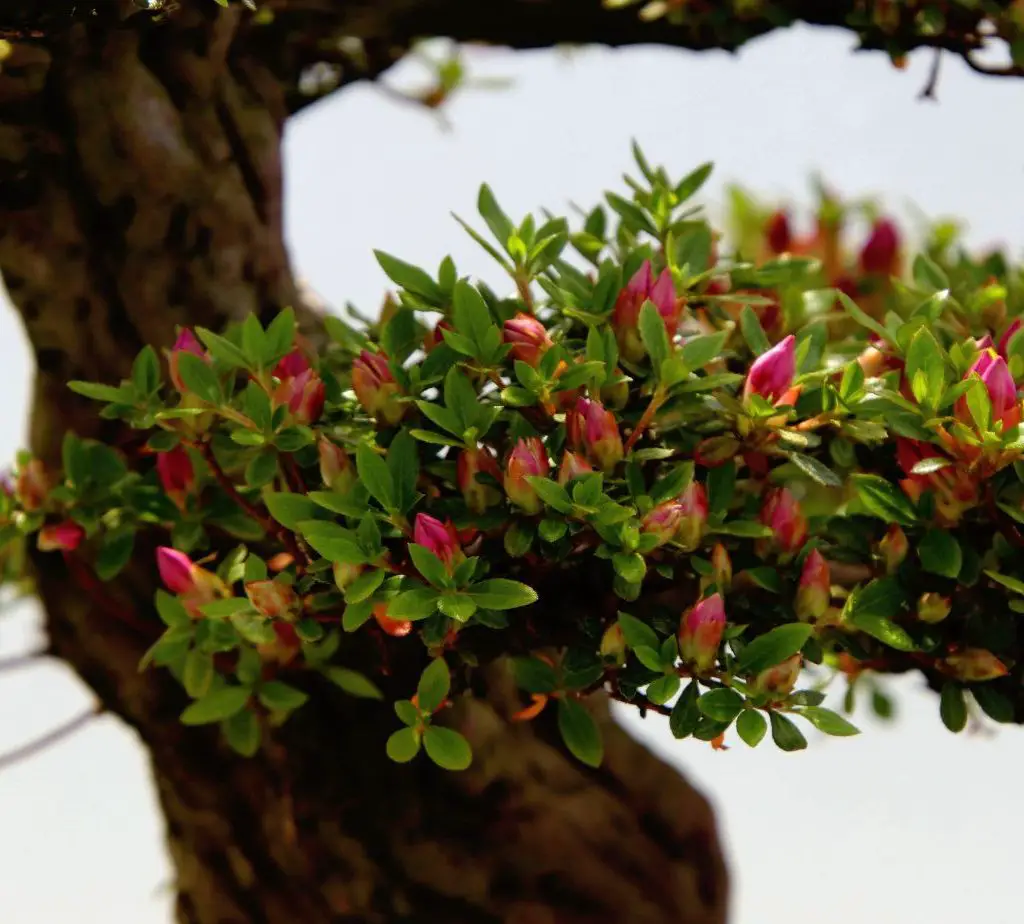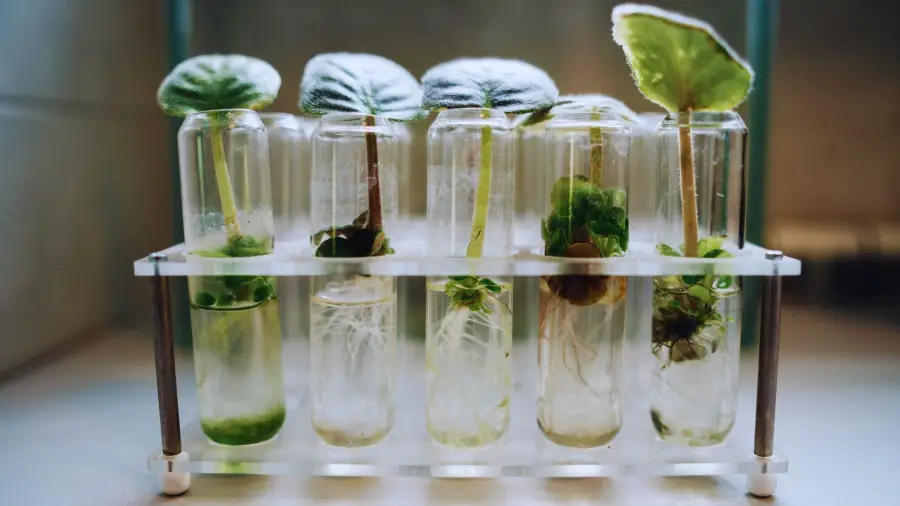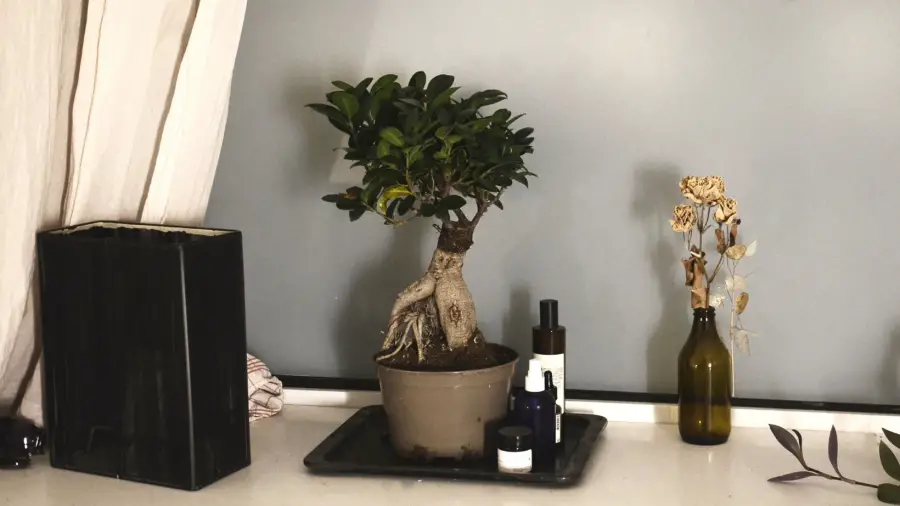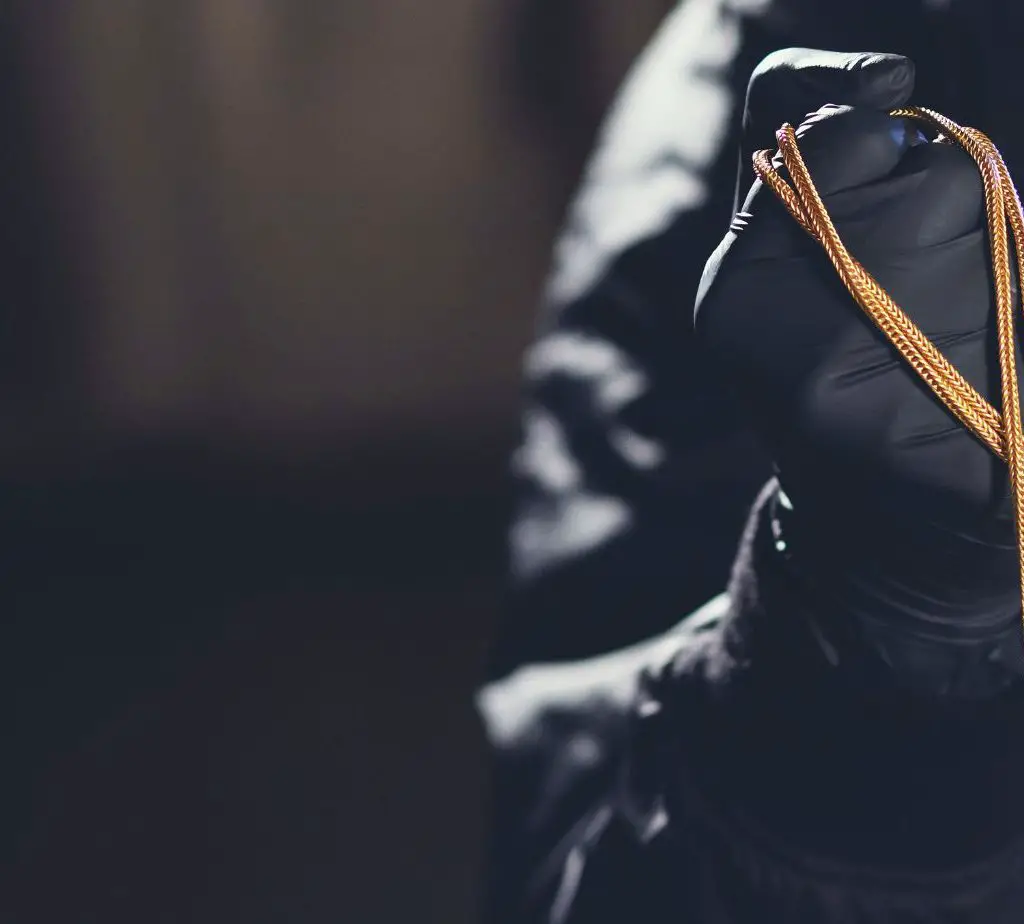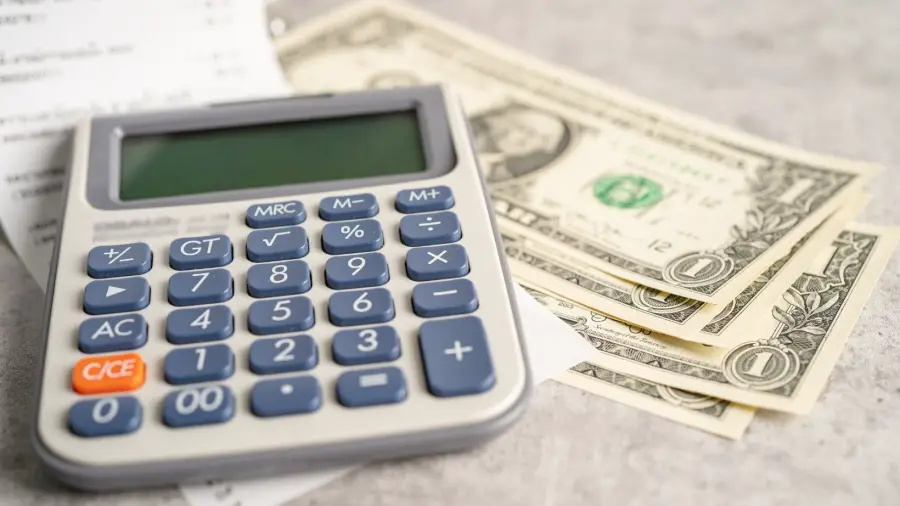Bonsai plants require meticulous care and can be costly to maintain. They often have a limited lifespan due to restricted growth conditions.
Bonsai plants, the miniature artistic representations of full-sized trees, carry an allure of tranquility and an aesthetic appeal that has captured the imagination of gardeners and art enthusiasts alike. Despite their beauty and popularity, these miniaturized trees present several drawbacks that may deter potential growers.
Disadvantages of Bonsai Plants: Their care demands a significant commitment to precise watering, fertilization, and pruning techniques. The cost associated with bonsai cultivation encompasses specialized tools, pots, and soil mixes, which might not be ideal for those on a budget. Additionally, the restricted root and growth space inherent to bonsai can lead to health issues, making them more susceptible to disease and pests than their full-sized counterparts. Catering to hobbyists and gardeners, understanding these limitations is crucial before embarking on the meticulous journey of bonsai cultivation.
Table of Contents
The Bonsai Dilemma: More Than Meets The Eye
Bonsai plants, with their serene beauty, often symbolize peace and balance. Yet, behind their tranquil appearance lies a world of careful challenges and unexpected drawbacks. Bonsai, the art of cultivating miniature trees, is more complex than it may seem.
The Misconception Of Endless Zen
Bonsai trees evoke a sense of calm. Many believe they bring a never-ending zen presence to any room. But the reality is different. They require commitment, time, and understanding to maintain their state of ‘Zen’. This illusion breaks down when faced with their intricate needs.
- Regular pruning is essential, not always calming.
- Each species has unique care details, often missed by beginners.
- Environmental stress can quickly undo the sense of harmony they bring.
Secret Struggles Of Bonsai Cultivation
| Challenge | Detail |
|---|---|
| Watering Needs | Daily attention; easy to over or underwater. |
| Pests and Diseases | Small size makes bonsais vulnerable. |
| Training and Shaping | Demands expertise; wire marks can damage. |
Success in bonsai growing doesn’t always come easy. Tiny trees face big challenges. Frequent repotting adds another layer of complexity and time consumption. Enthusiasts must remain vigilant, aware that these miniatures are delicate and require thorough, expert care.
Stunted Growth, Stifled Potential?
Bonsai trees are a marvel of nature, artfully contained in miniature. Yet, this containment comes at a cost. The very essence of bonsai lies in its restricted size. What impact does this have on its natural growth and potential?
The Science Behind Size Restriction
To understand bonsai size limitation, we need to consider root binding. In bonsais, roots are trimmed to keep the plant small. This affects how the tree takes up water and nutrients. Roots send signals to the tree, limiting its top growth.
Here’s the science in simple terms:
- Root pruning: reduces size by cutting roots back.
- Small containers: limit growth to match pot size.
- Less soil: leads to fewer nutrients and less growth.
Debating The Ethics Of Bonsai Practices
Some question whether bonsai is ethical. People argue that it’s unnatural to stunt a tree’s growth for beauty. Trees have potential to grow large and live long. Bonsai practices change these natural outcomes.
Key points in this debate:
- Natural growth: Trees usually grow freely.
- Bonsai tradition: Long history of this cultural art.
- Animal comparison: Similar to how people care for pets.
Is bonsai an art form respecting nature, or does it unfairly limit a tree’s potential? This topic continues to stir discussion among bonsai enthusiasts and critics alike.
High Maintenance, High Stress
Bonsai plants are not just plants—they’re art. They require a mastery of care and are well-known for their high-maintenance, contributing to stress for the unprepared enthusiast. Understanding the daily rigors and consequences of neglect is vital for anyone considering adding a bonsai to their life.
The Rigors Of Daily Care
Bonsai care demands consistency and attention to detail. Unlike other houseplants, these miniature trees need more than just water and sunlight. The daily routine includes careful watering, monitoring soil moisture, and providing the right light conditions. But there’s more:
- Pruning is crucial to maintaining size and shape.
- Repotting helps manage root growth and soil health.
- Wiring and shaping branches requires a skilled hand.
Consequences Of Neglect
Even short periods of inattention can lead to a bonsai’s downfall. Bonsai trees can show signs of stress quickly:
| Neglect | Outcome |
|---|---|
| Inconsistent watering | Leaves turn yellow or drop. |
| Poor lighting | Growth becomes leggy and weak. |
| Skipped pruning | Tree loses its artistic shape. |
Regular care is non-negotiable. A bonsai’s beauty is its curse for the busy individual; without steadfast commitment, the tree may fail to thrive and lose its visual appeal.

Credit: www.amazon.com
Hidden Financial Costs
Bonsai trees represent beauty and serenity in miniature form. Yet, nurturing these tiny trees often comes with unexpected financial demands.
The Price Of Perfection
Achieving the ideal bonsai shape is not a one-time expense. Meticulous care requires special tools and supplements:
- Pruning shears: Precision tools for perfect shaping
- Wires: To guide branches and trunks
- Fertilizers: Specific to bonsai for robust health
- Pest control: Keep bonsai pests at bay
- Soil mixtures: Tailored to promote growth
Potting and repotting also come with a premium cost due to specialized bonsai pots.
Long-term Investment For A Miniature Tree
A bonsai is a living investment. Costs accrue over years:
| Years | Care Needs | Cost Estimates |
|---|---|---|
| 1-5 | Initial setup, frequent repotting | $100-$500 |
| 6-10 | Stabilized care, less frequent pot changes | $50-$200 annually |
| 10+ | Maintenance, occasional repotting | $30-$150 annually |
Specialist consultations and potential restoration after issues add to the long-term costs.
Psychological Impact Of Bonsai Mastery
The practice of nurturing bonsai trees holds a deep-rooted charm and peace. But there lies a psychological side less explored. The path to bonsai mastery can have mental setbacks. Let’s delve into the psychological impact of this serene art.
Obsession: When Hobby Turns Unhealthy
The dedication to bonsai can cross from passion to obsession. One more trim, one more adjustment; the pursuit of perfection never ends. Long hours turn to days, and personal relationships can falter.
Here are key signs that signify an unhealthy shift in a bonsai hobbyist’s life:
- Cutting back on sleep for more time with bonsai.
- Irritability when away from the bonsai garden.
- Ignoring work or family duties to tend to tiny trees.
The Isolation Of A Precision Art
Bonsai requires patience and solitude. These elements may lead to isolation. Enthusiasts often find peace in the silent company of their trees. Yet, too much seclusion can drift them from social interactions. It is a delicate balance.
Reflect on these aspects:
- Does bonsai time shrink your space for friends?
- Do conversations revolve only around bonsai?
- Is the bonsai collection growing at the expense of connections?

Credit: giggster.com
Impact On Plant Diversity And Ecosystems
Exploring the world of Bonsai trees unveils a unique blend of art and nature. These miniature wonders enchant with their beauty but come with drawbacks. Discussing the Impact on Plant Diversity and Ecosystems reveals a deeper look at the consequences of maintaining these living sculptures.
Questioning The Environmental Footprint
Bonsai cultivation often involves practices that challenge environmental sustainability. Consider the resources used in growing, pruning, and rearing these tiny trees. The bonsai life cycle demands:
- Potting materials, often with non-renewable resources.
- Intensive water use for daily maintenance.
- Chemical fertilizers and pest control that may affect surrounding biodiversity.
Greenhouse emissions from transporting bonsai trees also contribute to this footprint, especially when bonsai enthusiasts seek exotic species from far-off lands.
Native Vs. Non-native Bonsai Species
Focusing on plant origin reveals a significant impact on local ecosystems. Native species align with:
| Advantages | Disadvantages |
|---|---|
|
|
Non-native species, however, can be invasive, outcompeting local flora and disrupting wildlife habitats. Opting for exotic bonsai sometimes leads to unintended consequences:
- Altered soil chemistry.
- Displacement of native species.
- Disturbance in food chains.

Credit: www.mdpi.com
Frequently Asked Questions For Disadvantages Of Bonsai Plants
What Is The Disadvantage Of Bonsai?
A disadvantage of bonsai is its demanding care routine, including meticulous pruning, watering, and fertilizing to maintain health and aesthetics.
Is Bonsai Plant Good Or Bad For Home?
Bonsai plants are good for homes as they enhance decor and purify the air. They require minimal space and can promote a sense of calm.
What Should You Not Do With A Bonsai Tree?
Avoid overwatering or neglecting watering your bonsai tree. Do not expose it to extreme temperatures. Refrain from improper pruning. Keep it away from poor lighting conditions. Lastly, never use unbalanced fertilizer on your bonsai.
Why Can’t You Grow Bonsai Indoors?
Bonsai trees often require more sunlight than indoor conditions can provide. They thrive outdoors where they can receive adequate light and air circulation, which are essential for their health and growth. Indoor environments typically lack these natural elements.
Conclusion
Caring for bonsai plants can be a challenging endeavor. With their need for meticulous attention and potential health risks, they aren’t for everyone. Yet, for enthusiasts willing to invest time and effort, the rewards are unique and fulfilling. Before embracing the art of bonsai, weigh the pros and cons carefully.
Your decision will shape your gardening journey.
